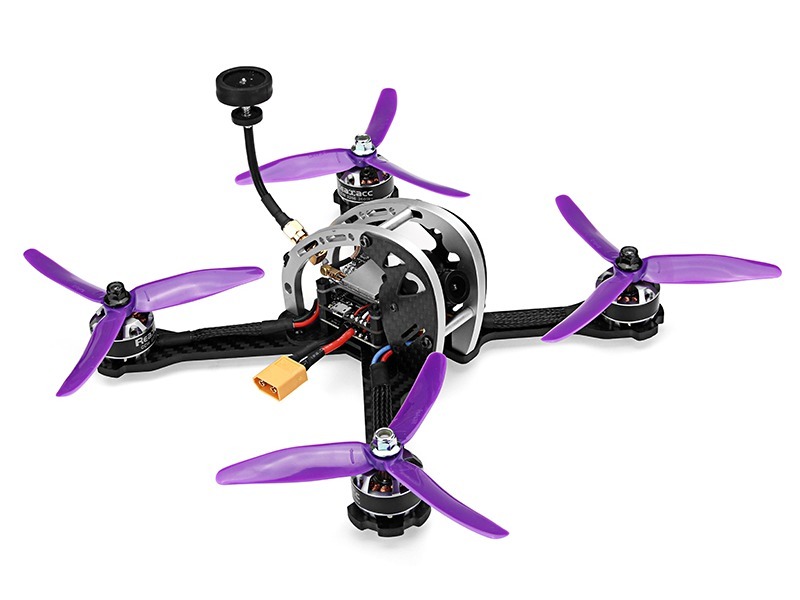What is a Category 1 drone?

A Category 1 drone is a type of unmanned aerial vehicle (UAV) that is designed to operate within a certain set of parameters. These parameters are set by the Civil Aviation Authority (CAA) in the UK and other regulatory bodies around the world. Category 1 drones are typically used for recreational purposes, such as aerial photography, and are not intended for commercial use.
Category 1 drones are typically small, lightweight, and relatively inexpensive. They are usually equipped with a camera and some basic sensors, such as a GPS receiver, to help them navigate. They are usually powered by a battery and can be flown manually or autonomously.
Category 1 drones are limited in terms of their capabilities. They are not allowed to fly higher than 400 feet above ground level, and they must remain within the line of sight of the operator. They are also limited in terms of their payload capacity, and they cannot carry any payloads that weigh more than 7kg.
Category 1 drones are also subject to certain restrictions when it comes to flying in certain areas. For example, they are not allowed to fly within 5km of an airport or airfield, or within 150m of a built-up area. They must also remain at least 50m away from people, vehicles, and buildings.
Category 1 drones are a great way for people to get into the world of drones without having to invest in a more expensive and complex model. They are relatively easy to use and can provide hours of fun for those who are interested in aerial photography or just want to explore the world from a different perspective.
However, it is important to remember that Category 1 drones are still subject to the same regulations as other types of drones. It is important to familiarise yourself with the rules and regulations before flying your drone, as failure to do so could result in a fine or even criminal prosecution.
Comments / Question
2. Inertial Measurement Unit (IMU)
3. Magnetometer
4. Barometer
5. Ultrasonic Range Finder
6. Infrared Camera
7. Optical Flow Sensor
8. Airspeed Sensor
9. Light Detection and Ranging (LIDAR)
10. Radio Frequency (RF) Sensor

